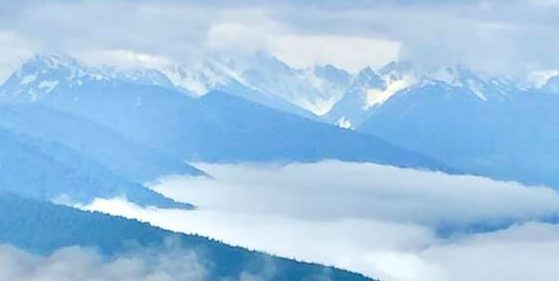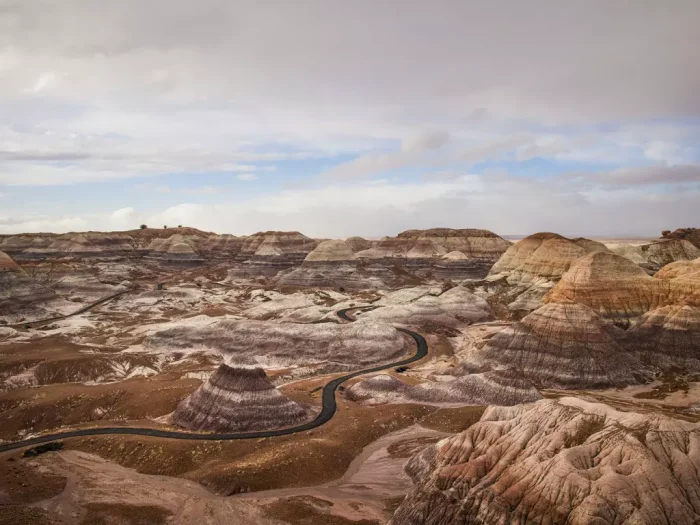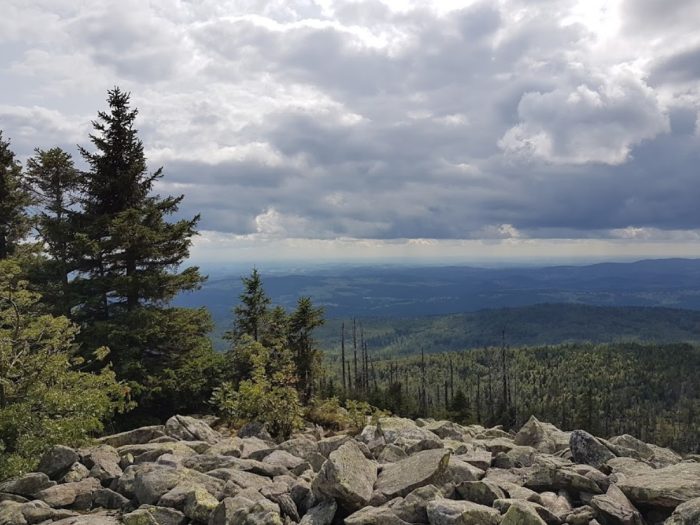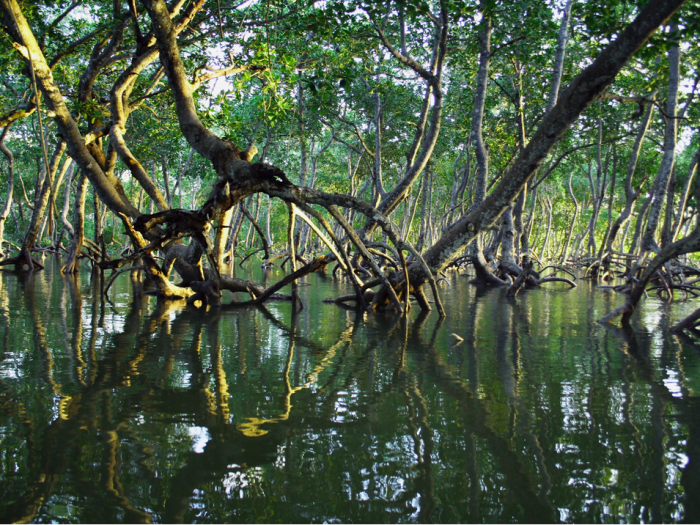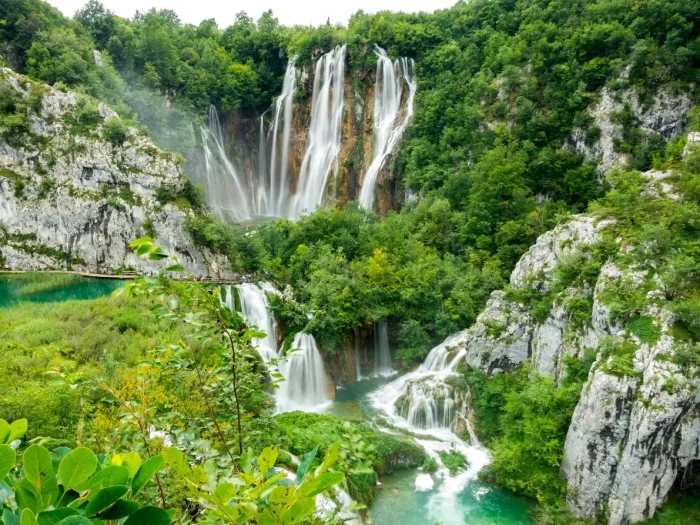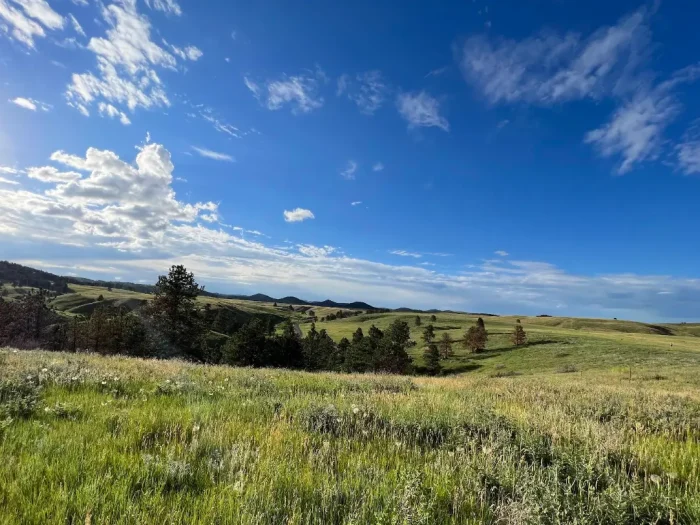When the Forest Has a Memory: Why Nature Alone Is Not Enough
On a clear day in Saxon Switzerland, you can see for miles. Jagged sandstone towers rise above the treetops. Tourists hike in silence, surrounded by a postcard landscape. What most don’t realize is that just a few hours north, another kind of silence waits. It’s heavier. Older. Not marked by beauty, but by memory. How can we enjoy Europe’s wild places while ignoring the human history buried nearby? Is it ethical to walk these trails without asking what happened in their shadow?
Combine landscapes with legacy or miss the full story
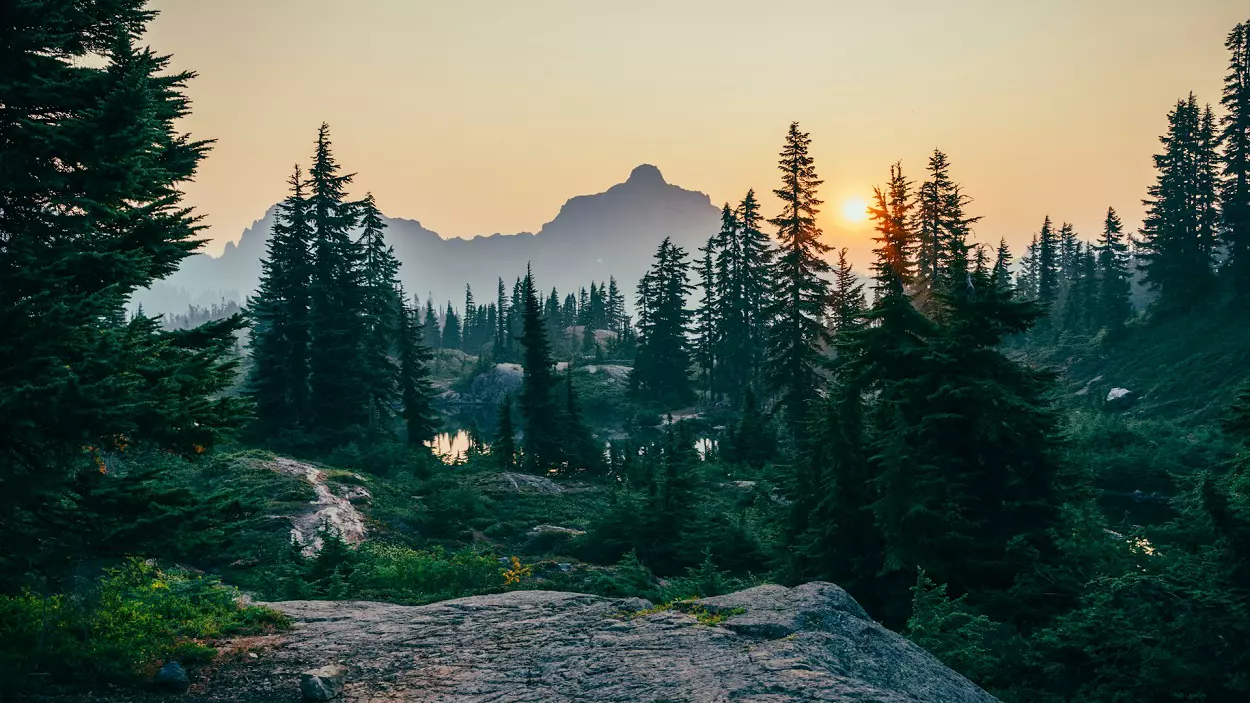
Europe’s national parks are not empty spaces. They’re loaded with context. Just because you’re standing in a forest doesn’t mean you’ve left history behind. Too many travelers plan for nature without planning for meaning. But the two belong together.
A perfect example lies just outside Berlin. Many who visit the forests near Oranienburg are unaware of what happened in the area less than a century ago. Taking the time for a tour of the Sachsenhausen memorial site while you are in the region is not a detour. It is a necessary pause. The quiet of the trees becomes something different when you realize what they once witnessed.
You don’t need to turn every nature trip into a history seminar. But combining scenic hikes with reflective stops creates a far more grounded experience. Travel is about understanding, not just observing. When you see a landscape and know its story, you carry it differently.
Create smarter itineraries that connect time and place
Planning a responsible trip is about more than booking campsites. It’s about shaping your route to reflect what matters. That means thinking geographically, but also morally. Where are you going, and what happened there before you arrived?
A traveler heading to the High Tatras in Slovakia could easily stop at the Holocaust Museum in Sereď. A visit to the Bavarian Forest is just two hours from the Dachau memorial. The distances are short, but the emotional terrain is vast. Linking these stops takes planning, but it adds meaning to every kilometer.
Don’t treat memorial visits as filler between hikes. Give them the space they deserve. Schedule them early in the day, when your mind is clear. Allow time afterward to reflect or walk quietly. Don’t rush from grief to sightseeing. Let the mood shift naturally.
Don’t just pack gear, prepare emotionally
Most adventure travelers obsess over the right equipment. Boots, jackets, backpacks. But emotional preparation is often overlooked. You may feel ready to climb a mountain, but are you ready to stand where people were murdered?
Memorials are not like other tourist sites. They are places of trauma, and they demand a different mindset. Reading survivor accounts before visiting can help you arrive grounded. Knowing the historical background in advance prevents shallow reactions. These are not places for selfies. They are places for silence, for honesty, for listening. Don’t expect to leave unaffected. You may feel anger, confusion, or guilt. That’s not failure. That’s what empathy feels like when it becomes real.
